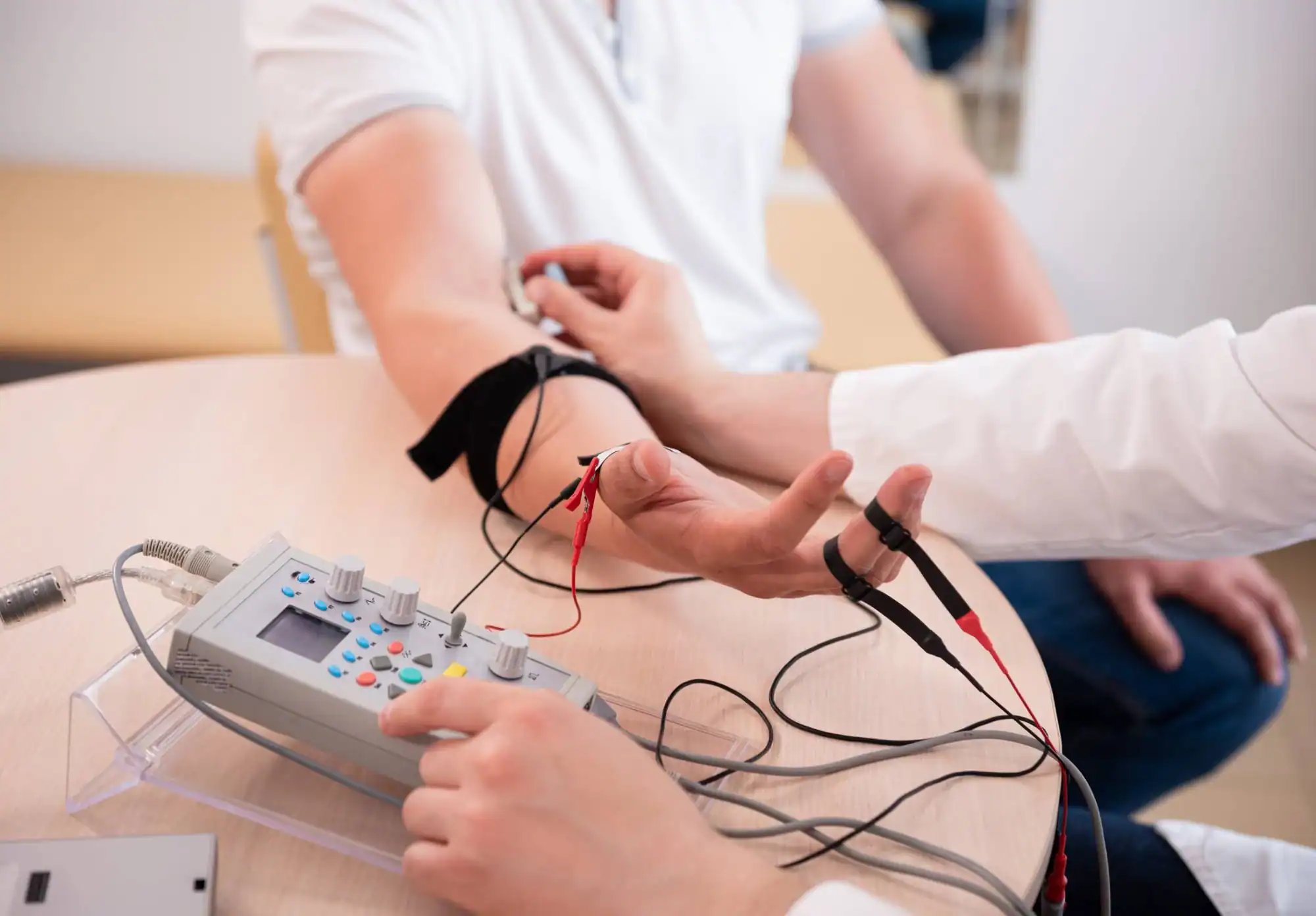Stop wondering what’s causing your numbness, tingling, or muscle weakness. Our EMG testing pinpoints exactly what’s happening.
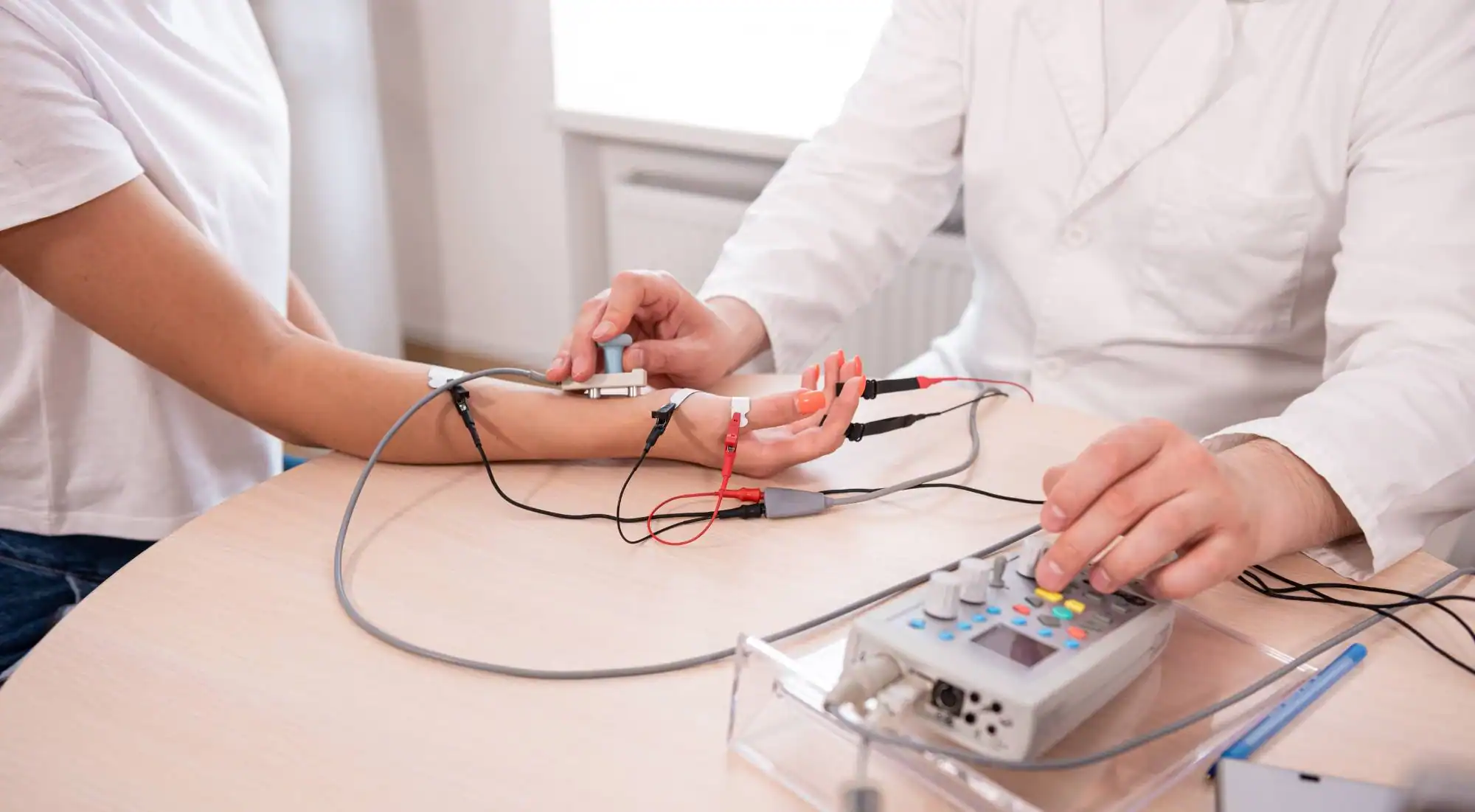
Reviews
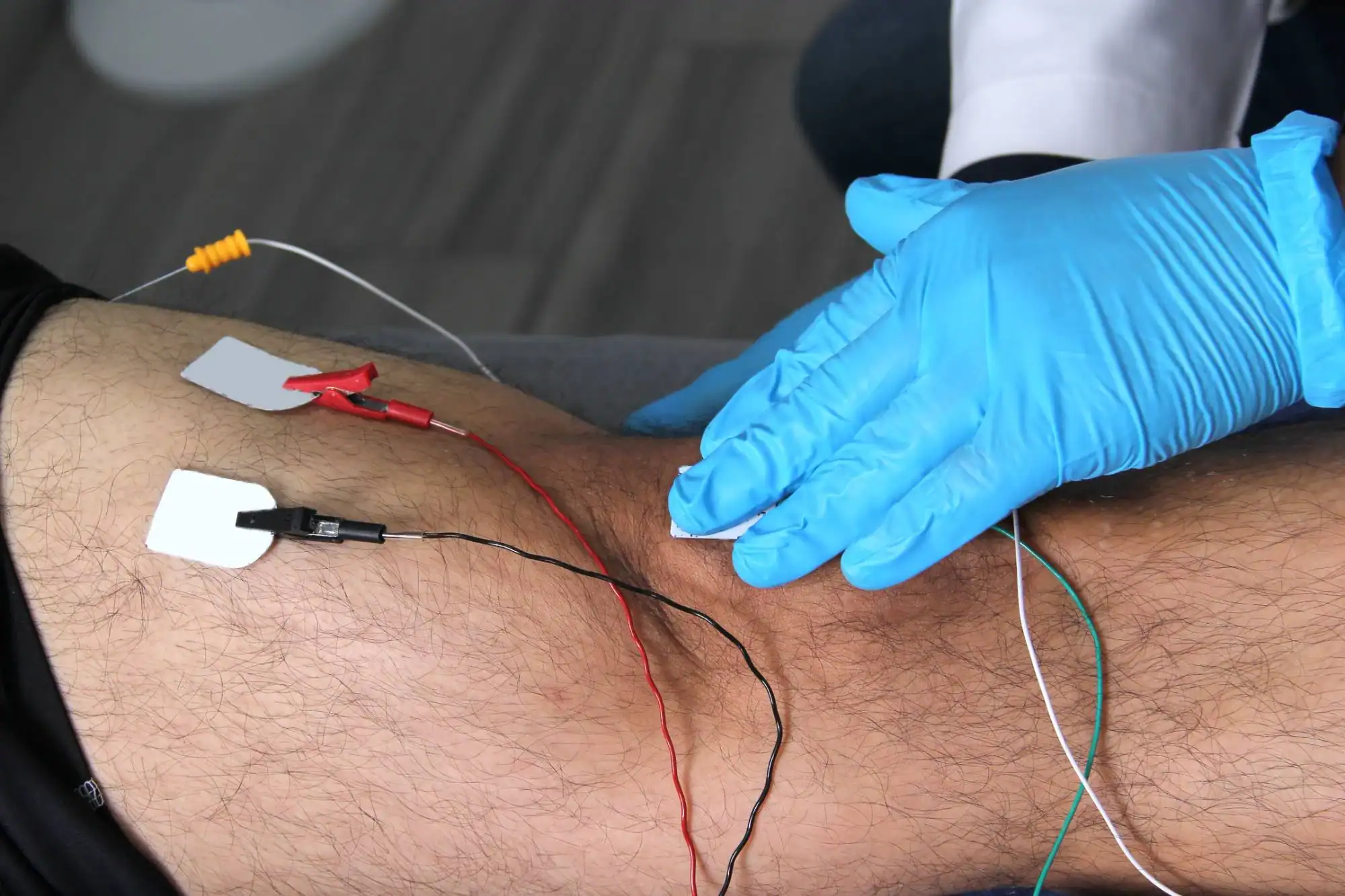
You’ve been dealing with symptoms that nobody can explain. The numbness in your hands keeps you awake. The tingling in your feet makes walking uncomfortable. Your muscle weakness is getting worse, and you’re tired of doctors who shrug their shoulders.
EMG testing changes that. Instead of guessing what might be wrong, you get definitive answers about how your nerves and muscles are actually functioning.
When you know exactly what’s causing your symptoms, you can finally get treatment that works. No more trying random therapies or medications that don’t address the real problem. You get a clear diagnosis that leads to a clear treatment plan.
NY Spine Medicine has been providing accurate diagnostic testing for Staten Island residents for years. Our physicians are board-certified and specifically trained in electrodiagnostic medicine.
We use advanced EMG equipment that can detect nerve and muscle problems other tests miss. More importantly, we explain your results in plain English so you understand exactly what’s happening in your body.
You don’t have to travel to Manhattan for quality testing. We’re right here in Eltingville, with convenient parking and flexible scheduling.
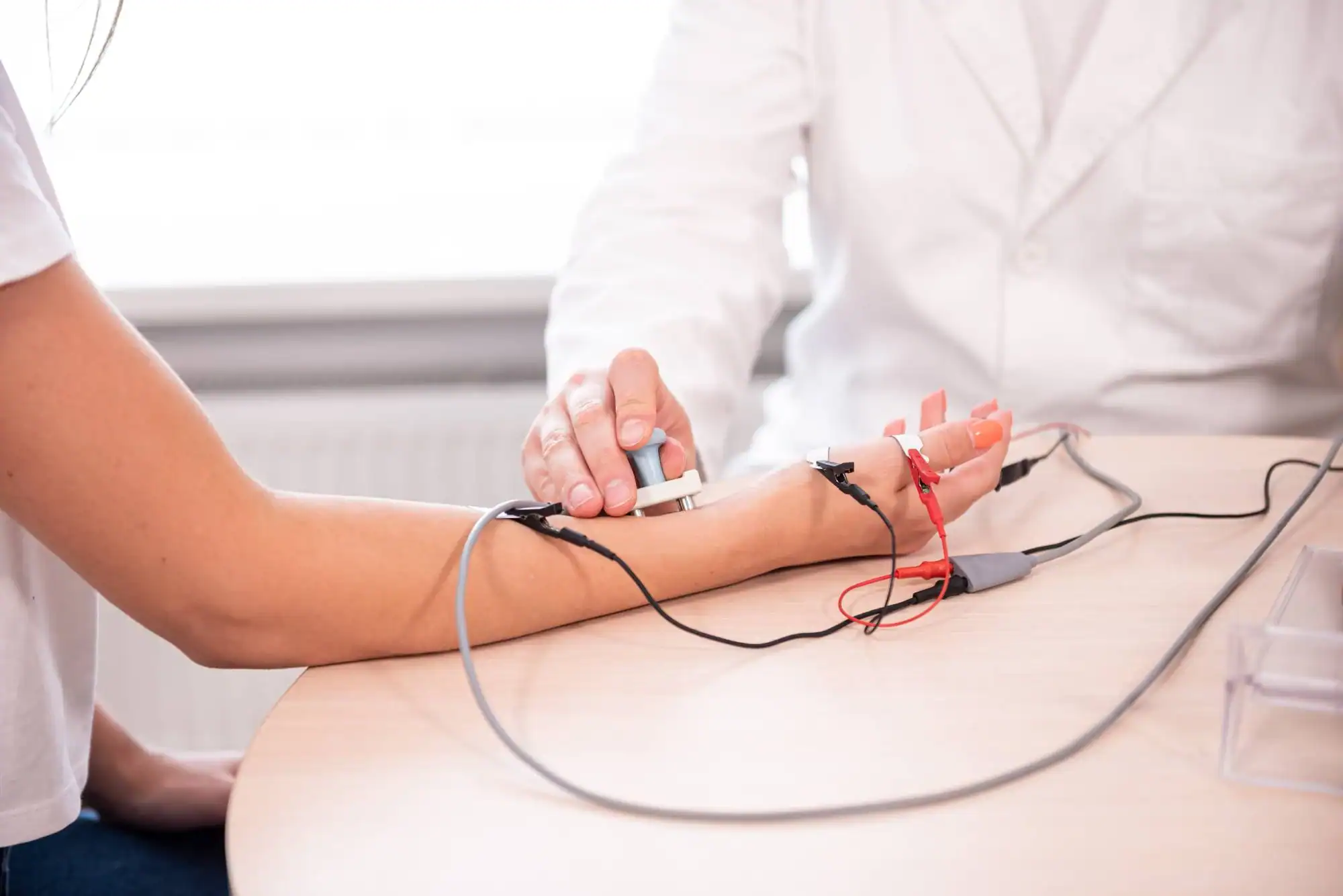
First, we’ll review your symptoms and medical history. You’ll tell us exactly what you’re experiencing – where it hurts, when it started, what makes it better or worse.
Then comes the actual testing. We place small electrodes on your skin to measure nerve conduction. This shows us how well electrical signals travel through your nerves. Next, we use a thin needle electrode to test muscle activity. Yes, there’s some discomfort, but most patients say it’s much less painful than they expected.
The whole process takes about 45 minutes to an hour. You’ll get your results the same day, along with a clear explanation of what we found and what it means for your treatment.
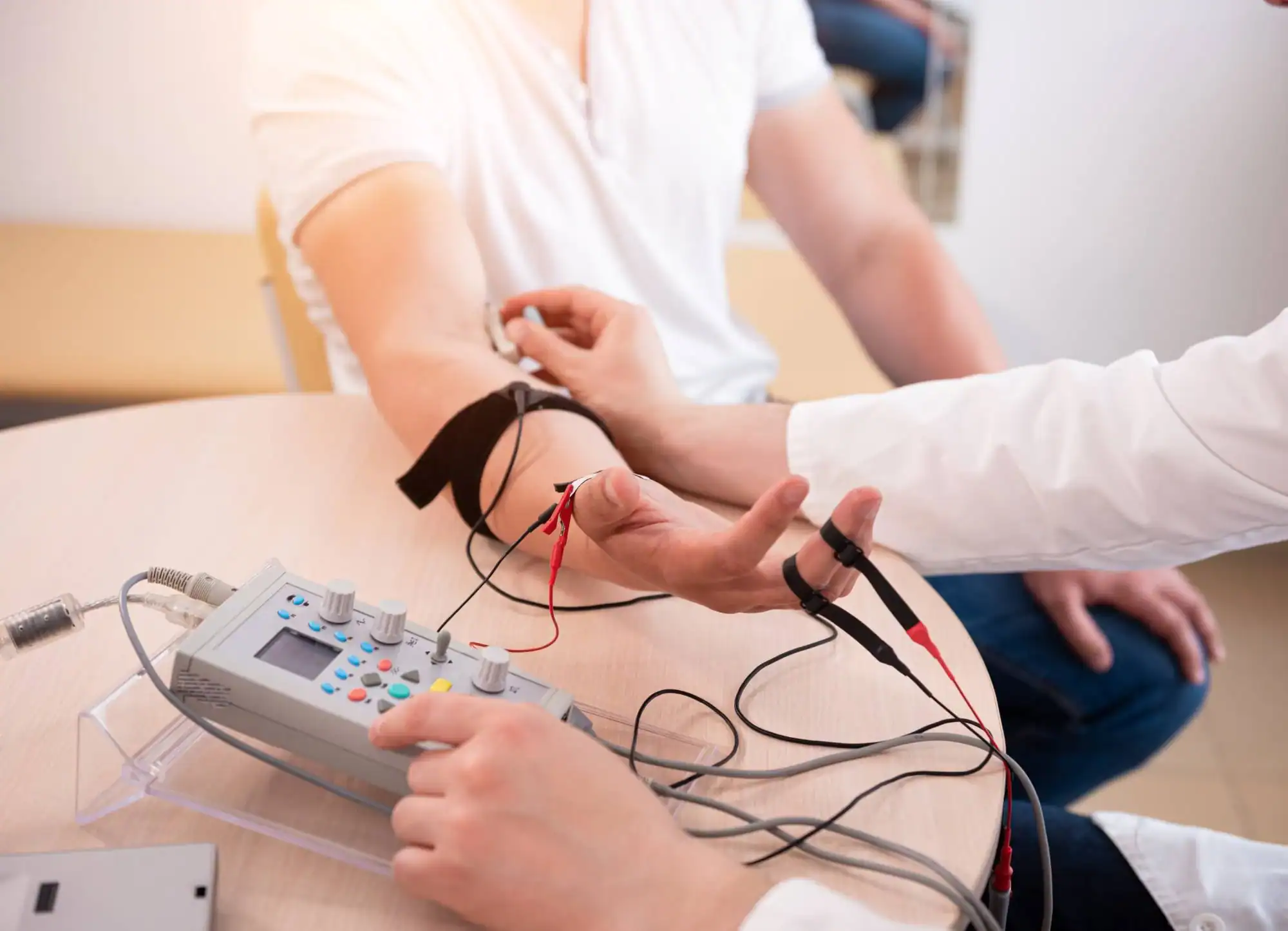
Ready to get started?
Our EMG testing includes both nerve conduction studies and needle electromyography. This combination gives us a complete picture of your nerve and muscle function.
We test for conditions like carpal tunnel syndrome, sciatica, peripheral neuropathy, pinched nerves, and muscle disorders. The testing can identify problems in your arms, legs, back, or neck – wherever you’re having symptoms.
You’ll receive a detailed report that clearly explains our findings. If you need to see other specialists, they’ll have all the information they need to create an effective treatment plan. Most major insurance plans cover EMG testing when it’s medically necessary.
